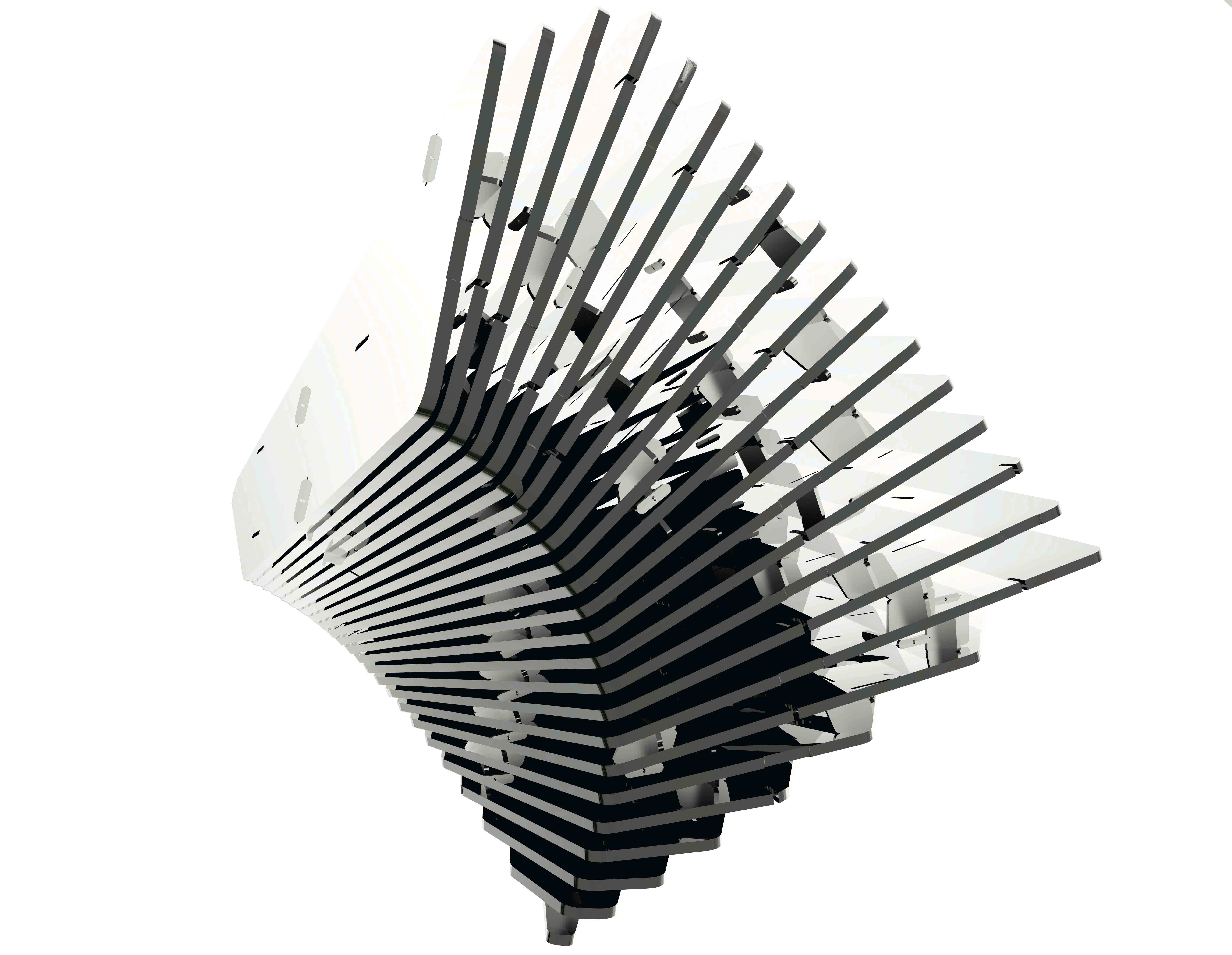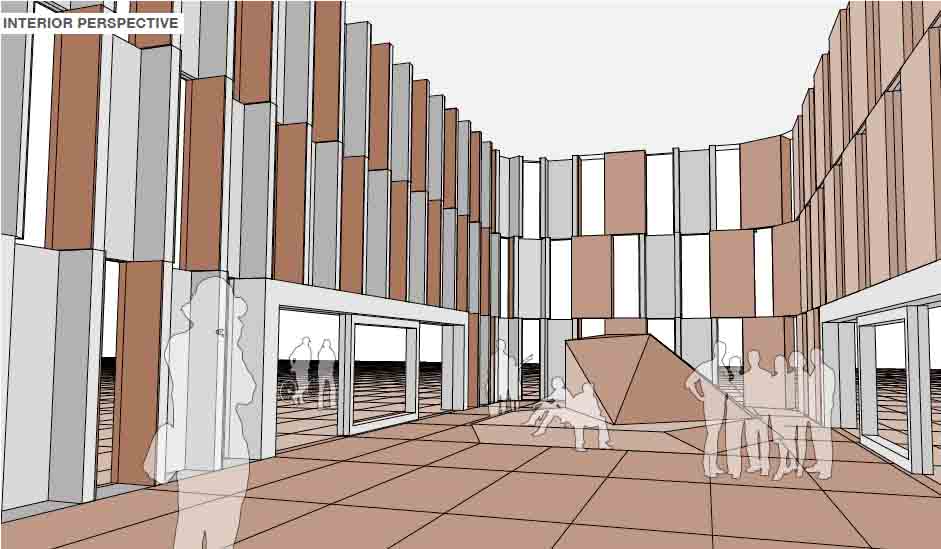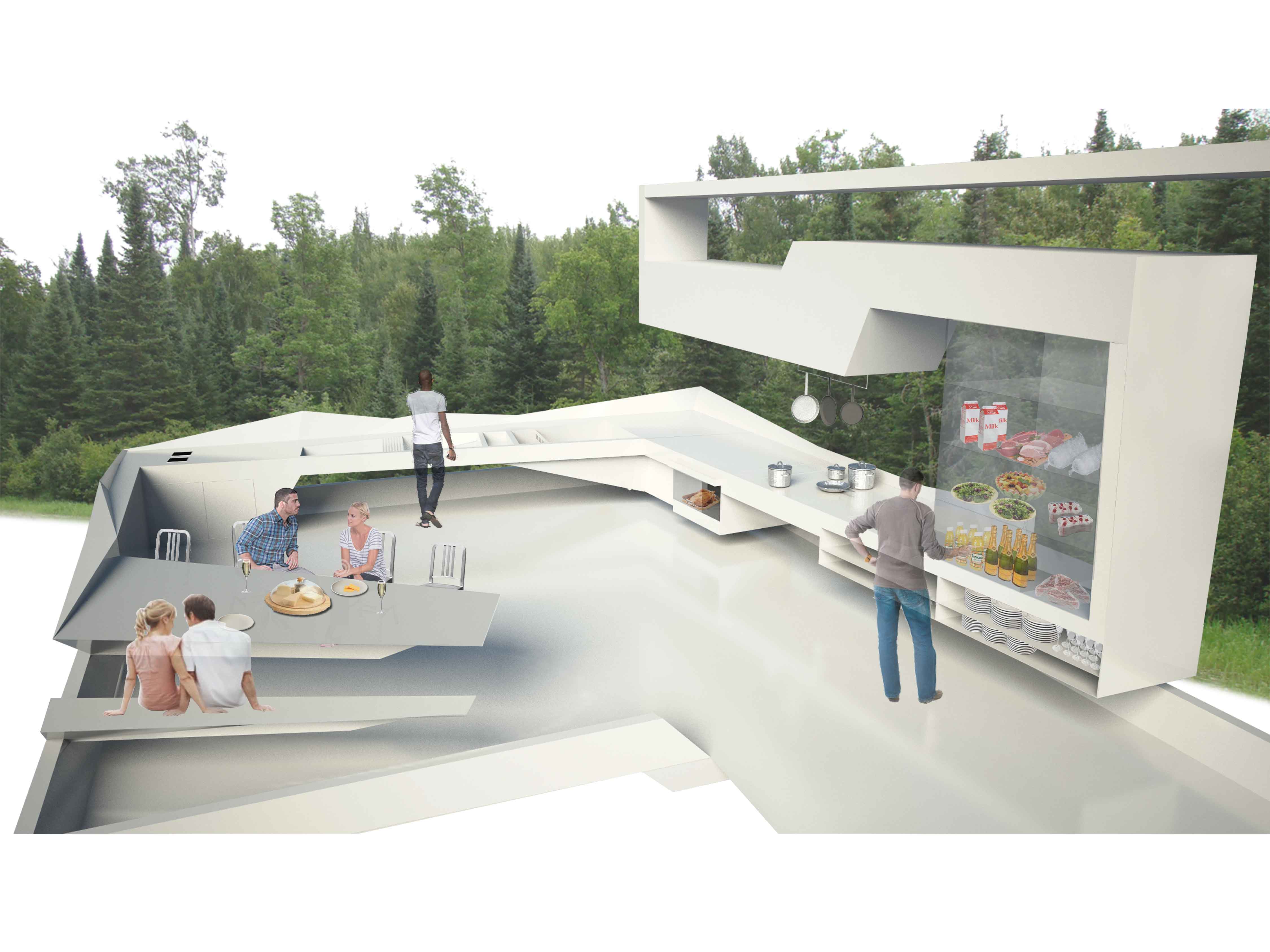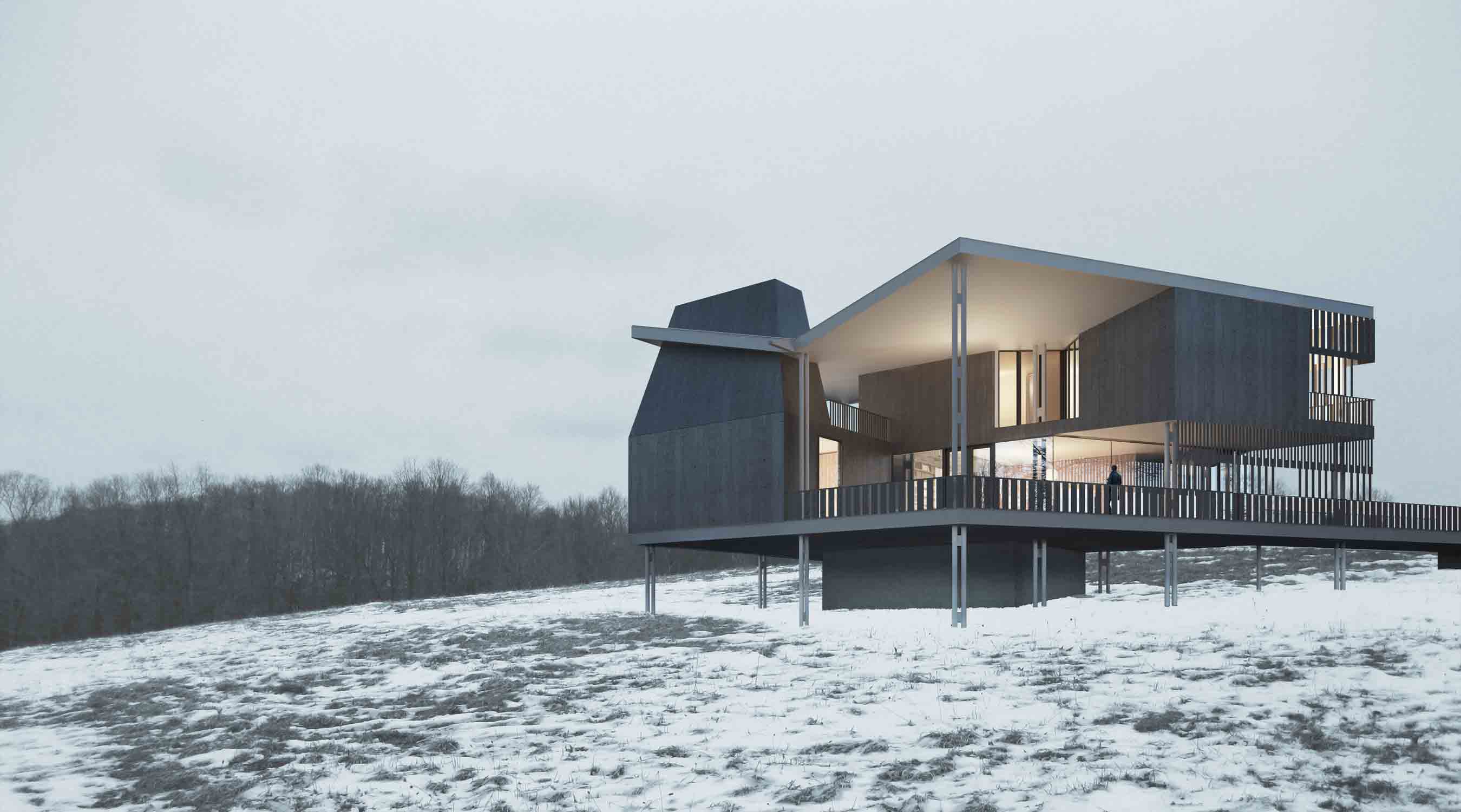by Camila Schaulson Frenz
On Thursday 10.03.13, Archtober’s Platinum Sponsor Dekton by Cosentino celebrated the opening of its exhibition “Surface Innovation: Redefining Boundaries of Interior and Exterior Spaces” at the Center for Architecture. The event marked the global launch of its latest product, Dekton, an ultra-compact, highly resistant surface that can be used on interiors and exteriors, allowing designers to rethink conventional boundaries of indoor and outdoor spaces.
“Surface Innovation,” designed by Whirlwind Creative, tracks Dekton’s development from the idea’s inception to its final production. Despite being a family-owned business, Cosentino is not a traditional, conservative-minded company. The headquarters in Almeria, Spain, boasts extensive R&D facilities, including a ceramics and glass lab, a pigments lab, and a polymer lab that actively collaborate with leading architecture, design, and engineering experts to develop materials that meet current construction demands.
The result of $172 million and 22,000 hours of research and development, Dekton is produced by replicating and accelerating the natural process of metamorphic rock formation, bringing the time-span down from tens of thousands of years to four hours. The company has constructed a new state-of-the-art factory to accommodate its production. In November 2013, it will be joined by “Beyond the Wall,” a permanent installation designed by Daniel Libeskind, AIA, who also attended Dekton’s launch.
Those of us less versed in the world of surface manufacturing may draw a few blanks when confronted with terms like “Particle Sintering Technology.” Luckily, the exhibition’s most exciting content presents work by six emerging New York City firms that explores Dekton’s material qualities. While relatively new, the firms, Architecture in Formation, Desai Chia Architecture, EASTON + COMBS, MANIFOLD.ArchitectureStudio, Moorhead & Moorhead, and SOFTlab have already gained recognition for their innovation and creativity – four of them are winners of the AIANY New Practices New York Award. During a brief Q&A at the end of the conference, Oculus editor Kristen Richard, Hon. AIA, Hon. ASLA, commented on the impressive line-up.
The six projects range from conceptual models to re-envisioned typologies and realizable residences. At one end of the spectrum lies EASTON + COMBS’ Aerated Geology, where layers of Dekton arranged into a fanning arc create a suspended geology, and MANIFOLD’s Liquid Slab, a chainmail-like system of disks that seeks to re-envision solid surfaces. Meanwhile, SOFTlab’s ATRIUn rethinks the cookie-cutter atrium, creating a sponge-like version that allows the exterior to penetrate the interior space. Only three of the six projects present truly inhabitable models. Moorhead & Moorhead’s Dekton Pavilion examines the tensions between inside and outside and between man-made and geologic forms. Architecture in Formation’s Dekton Living Ribbon creates a variety of programs from a continuous surface, and Desai Chia’s Dekhouse blurs the boundaries between exterior and interior environments.
Both Philipp von Dalwig, Assoc. AIA, LEED AP, of MANIFOLD and Granger Moorhead of Moorhead & Moorhead noted with delight that Cosentino encouraged them to experiment with the product by setting no constraints on their work, a rare occurrence in a field where clients tend to have very specific demands. By giving the firms free rein, Cosentino North America Vice President of Marketing Lorenzo Marquez ensured that the exhibition would feature six incredibly different projects. This diversity is a testament not only to the creative energies of the emerging firms, but also the versatility of Cosentino’s new product, described as “hyper-performing” or “poly-performing” by the architects involved. Libeskind complemented the company’s innovative spirit, noting that “architecture is about experimentation.”
Libeskind’s own experimentation with Dekton has resulted in a sculptural project that he described during a private, one-on-one conversation as an “asymmetrical, non-Cartesian” spiral with multiple axial points. Throwing aside the distinction between architecture and sculpture, he said that “everything is architecture – every scale is about form, function, and a relationship to the human being.” To Libeskind, civic art and architecture are interchangeable terms. A sculpture, while operating at a different scale, “is not less than a building, but requires different criteria and parameters.”
With a tendency towards blurring the boundaries between disciplines and jumping over the barriers of convention, Libeskind is the perfect spokesman for Dekton. His view of architecture as “the loftiest of practices” and “poetry materialized,” but also as something “of reality and for the people,” demonstrates his ability to walk between the lines.
Furthermore, his thoughts on materiality border on the mystical: “There’s a quality of spirit that material radiates. It’s the key to light. It connects architecture to its function and to everyday life.” Libeskind marveled at the impressive research behind Dekton in relation to the need to “explore materials, especially in an era where there is such importance placed on resources and resiliency.” Dekton, he said, is “resilient, beautiful, tough”.
And while the six emerging firms supplied the launch with a dose of fresh-faced creative energy, Libeskind’s presence provided it with a seal of approval from the established architectural community. This tension between tradition and innovation is exactly what Dekton is all about: developed through a process that mimics natural processes, it looks like stone, but performs in new and unexpected ways. To Libeskind, this tension between its primitive aesthetic and haptic qualities and its ability to resolve technical challenges gives the material a capacity to reinvent, while remaining faithful to the “memory that is built into architecture.”
Camila Schaulsohn is Editor-in-chief of e-Oculus.
Event: Surface Innovation: Redefining the Boundaries of Interior and Exterior Spaces Press Conference and Opening Reception
Location: Center for Architecture, 10.03.13
Speakers: Lorenzo Marquez, VP of Marketing, and Mike Heylmun, VP of Commercial Division, Cosentino North America; Matthew Bremer, AIA, Architecture in Formation; Arjun Desai, Desai Chia Architecture; Lonn Combs, EASTON + COMBS; Philipp von Dalwig, Assoc. AIA, MANIFOLD.ArchitectureStudio; Granger Moorhead, AIA, Moorhead & Moorhead; Michael Szivos, SOTFlab; Daniel Libeskind, AIA, Studio Daniel Libeskind
Organizers: Cosentino









